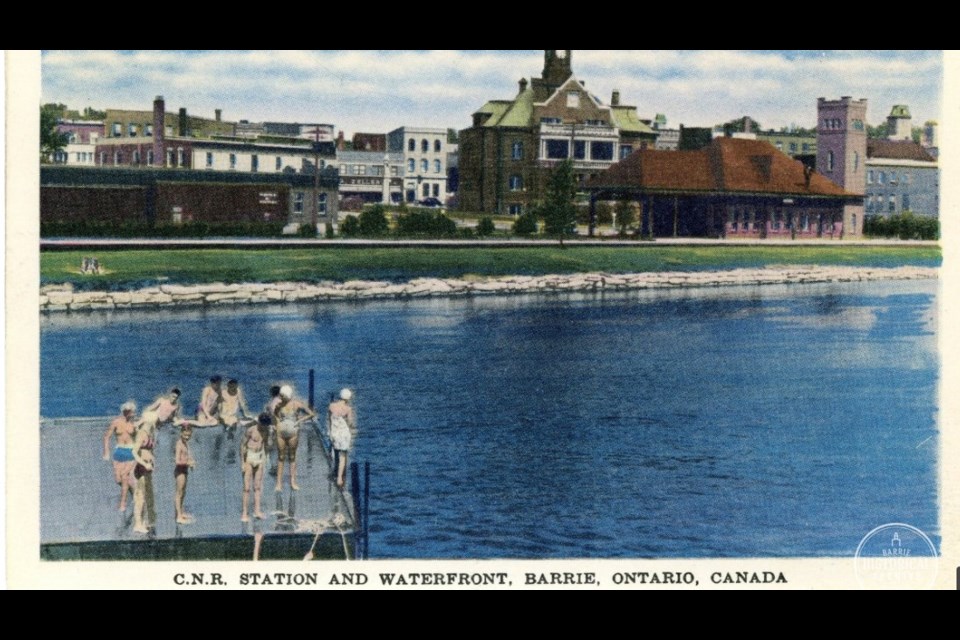As a 4-year-old, I came to live on a large vegetable farm on the Holland Marsh. The fields were surrounded by a network of canals which served to drain the cultivated land and to act as a source of water for irrigation.
Soon after we arrived, I met the owner’s father, William Watson Sr., a kind but stern Scottish immigrant who had farmed in another section of the Marsh since the 1920s. The elder gentleman told my siblings and I a story that terrified us, and it was certainly meant to.
Mr. Watson told us, in the gravest of terms, to stay away from the canals. He shared that his 3-year-old son, Charlie, had drowned in the canal in front of their home in 1939, and that he never wanted to see that happen to another child.
His speech worked. The fear of deep water was instantly instilled in me. Nobody had thought to tell us the entire story and, in my little girl’s mind, I imagined that Charlie was still in a canal somewhere and that I might find him there one day.
A few years later, my father wisely decided that his four children should take swimming lessons. We were brought to a community centre and I, in a new bathing suit and one of those miserable rubber bathing caps, stood nervously on the edge of the pool.
Jump in they said. No way I said.
It took some time to undo those early lessons in water safety but I eventually took the plunge and earned all my badges and certificates.
As odd as it sounds, there was a time when swimming instruction was not only unavailable, but frowned upon by some. The idea was that if you knew how to swim you might be more likely to take risks near the water.
Sailors once took a similar attitude. They felt that being non-swimmers made them more attentive to their safety at work. They also believed that the ability to swim would only prolong their agony should they fall off a ship, or experience a sinking, in deep waters.
Too many times, stories of unfortunate drowning incidents appeared in the pages of the old Barrie newspapers. These sad tales often involved a group of boys and included the name of one of their number who had lost his life. More often and not, the story concluded with “he was unable to swim.”
Kempenfelt Bay has always been beautiful but its shores were not terribly inviting to swimmers. Surrounded by rocky edges and railway tracks, it was not the greatest place to take a dip but the cool waters still lured many in during hot days of summer.
In 1943, the town, the Kiwanis Club and the Lions’ Club worked together to create a bathing beach at the head of the bay. Sand was trucked in and bulldozed flat. Carpenters built playground equipment and changerooms. A long slide into the water was installed.
Within three years, the beach had become so popular that six acres acres were added. Fencing was installed between the beach and the railway tracks.
With its growing popularity, came the increased chance of a water accident. Included with those 1946 improvements was the introduction of two new features – a beach patrol and swimming lessons.
Phyllis Moody was the driving force behind the swimming lessons. She was a former physical training instructor with the women’s division of the RCAF and had been a swimming teacher at a summer camp years before that.
In 1946, she was living in Barrie while her husband was stationed at Camp Borden. Mrs. Moody was very keen to impart these life skills to the swimmers of Barrie as she had been involved in the saving of a few lives herself.
She was once present when a young girl was found on the bottom of a swimming pool and brought out lifeless. Mrs. Moody worked on the girl, using the artificial respiration methods of era, for eight hours until signs of life were restored.
The summer programs of 1946 were deemed a great success. It was known that at least one drowning was prevented by the implementation of swimming instructions on a supervised beach.
Each week, the Barrie Historical Archive provides BarrieToday readers with a glimpse of the city’s past. This unique column features photos and stories from years gone by and is sure to appeal to the historian in each of us.



